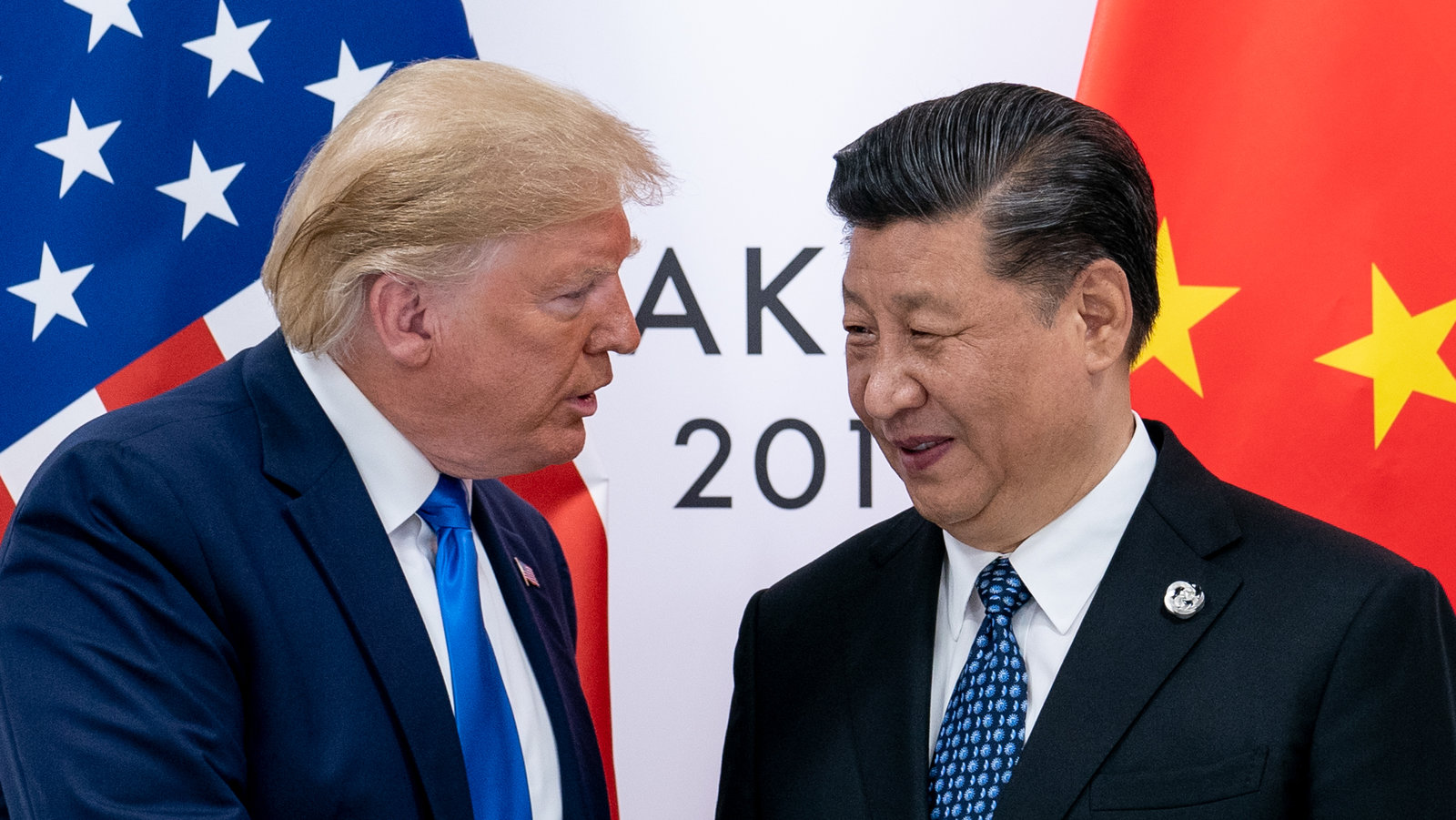The U.S.-China trade conflict has reignited as Beijing responds forcefully to President Donald Trump’s latest tariffs. On February 10, 2025, Trump announced a 25% tariff on all steel and aluminum imports, framing it as a measure to counter unfair trade practices and protect national security. While the move broadly targets U.S. allies like Canada and Mexico. China, though not a direct top supplier of these metals to the U.S., has emerged as the central adversary in this policy shift.
Within days, China retaliated with a calibrated mix of tariffs and non-tariff actions. On February 4, Beijing imposed 15% tariffs on U.S. coal, coke, and liquefied natural gas (LNG) and 10% duties on crude oil, agricultural machinery, and large-displacement vehicles, effective February 10. These measures target sectors critical to U.S. exports, particularly energy and agriculture, which have historically been vulnerable in trade disputes. China’s State Council Tariff Commission emphasized that no exemptions or reductions would apply, signaling a hardline stance.
China’s response extended beyond tariffs. On the same day, it announced export controls on five critical minerals, tungsten, tellurium, bismuth, molybdenum, and indium, which are used in defense, semiconductors, and renewable energy technologies. These controls restrict not only the minerals themselves but also related technical data, complicating global supply chains for industries reliant on these materials. Additionally, Beijing added U.S. firms PVH Group (owner of Calvin Klein) and Illumina Inc. to its Unreliable Entity List, citing national security concerns, and launched an anti-monopoly probe into Google. Though not explicitly linked to the trade dispute, the timing suggests these actions are part of a broader strategy to pressure U.S. interests.
China also filed a formal complaint with the World Trade Organization (WTO) against Trump’s tariffs, though the effectiveness of this move remains uncertain. The WTO’s appellate body has been non-functional since 2019 due to U.S. opposition to appointing new judges, leaving disputes in limbo.
Chinese officials have urged Washington to address fentanyl-related issues “objectively,” rejecting Trump’s claims that China enables the opioid crisis through lax chemical export controls.
Trump’s tariffs, justified under the International Emergency Economic Powers Act (IEEPA), are tied to allegations that China and other nations facilitate illegal drug trafficking and migration into the U.S. However, analysts argue the measures are less about addressing these issues and more about leveraging trade as a geopolitical tool. For its part, China has long criticized U.S. “unilateralism” and framed its retaliatory actions as defensive, aimed at safeguarding its sovereignty and economic interests.
The escalation risks destabilizing global markets. China’s export controls on critical minerals could disrupt sectors like electric vehicle manufacturing and solar energy, where it holds dominant supply chain positions. Meanwhile, U.S. agricultural and energy exporters face renewed uncertainty, with China’s tariffs compounding existing challenges from earlier trade wars.
Economists warn the tit-for-tat measures could exacerbate inflationary pressures and fragment global trade networks. The lack of WTO enforcement mechanisms further complicates resolution prospects, pushing both nations toward a prolonged standoff. As Trump prepares additional tariffs targeting the European Union, the conflict risks spilling into a broader trade war. China’s response sets a precedent for how other nations might counter U.S. economic coercion.
